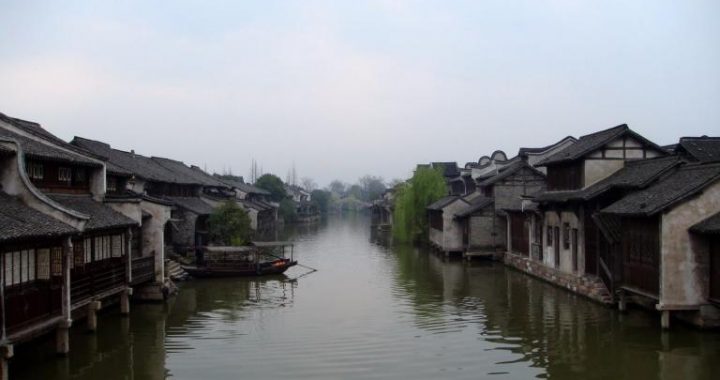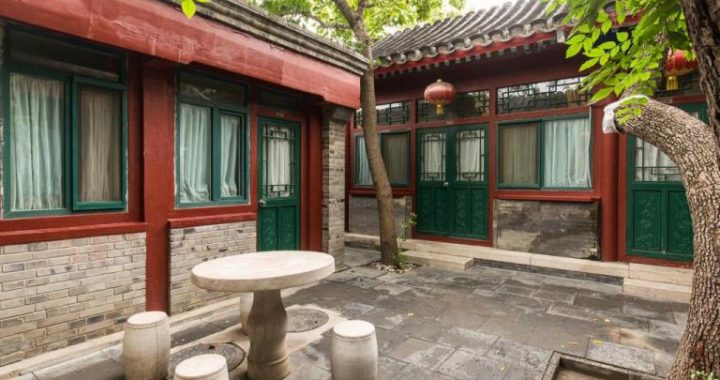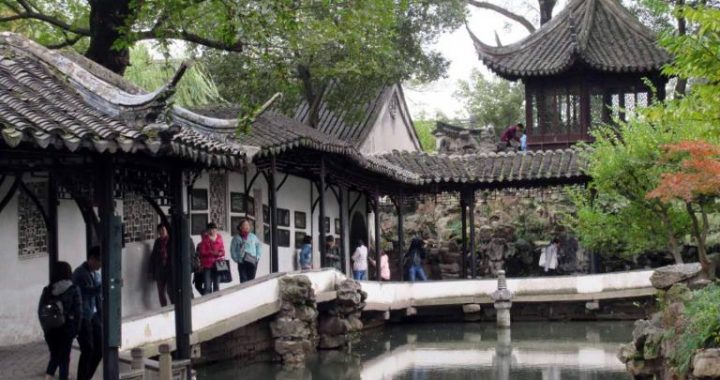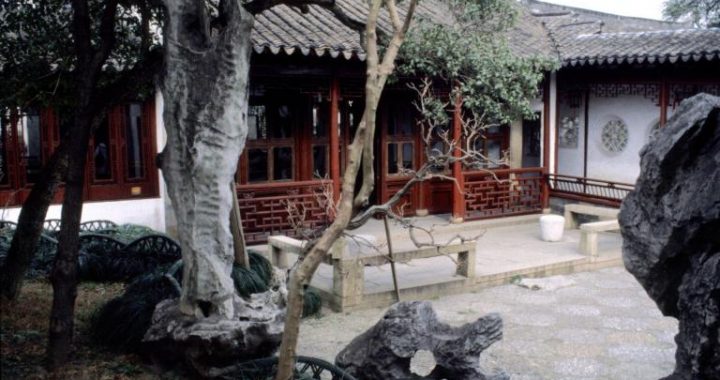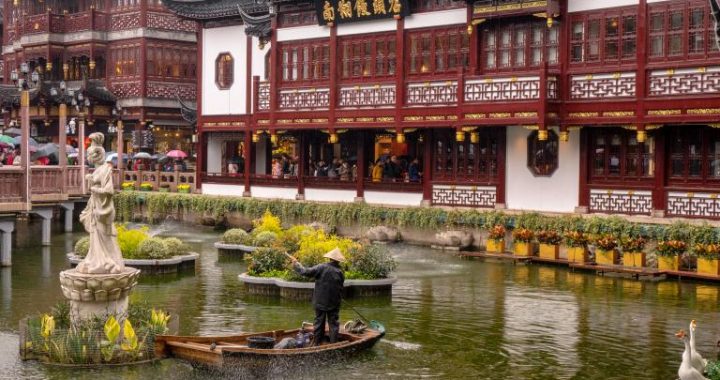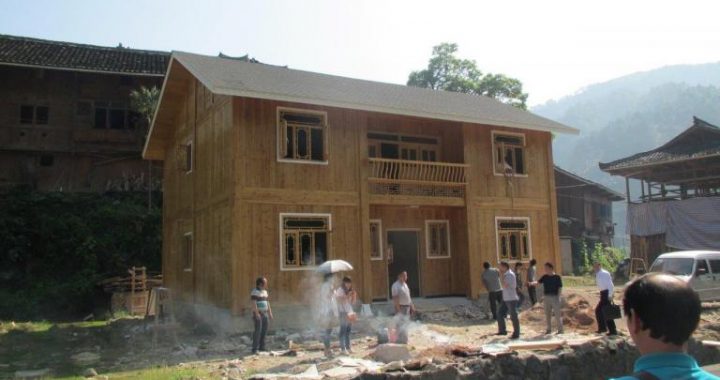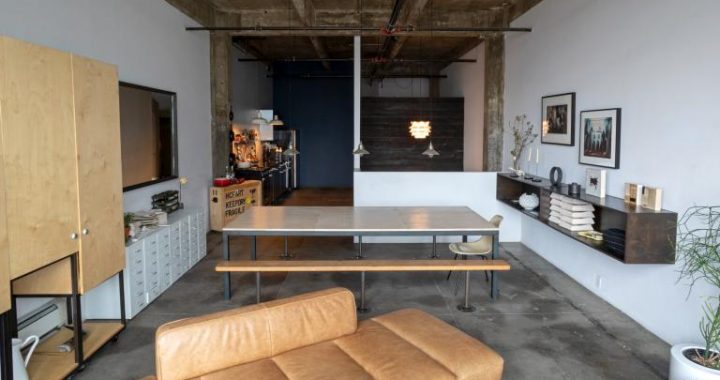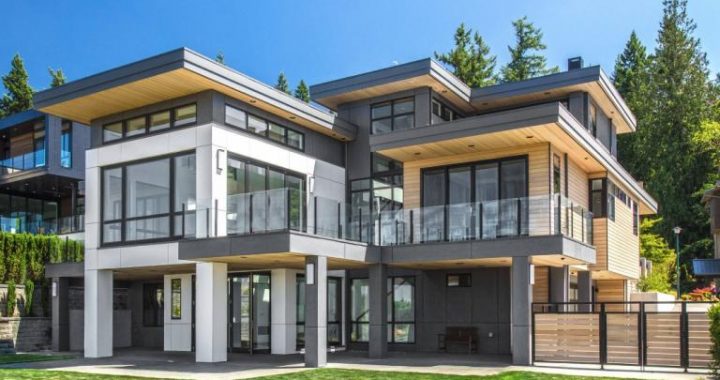Aboriginal people in ancient China
3 min readVernacular dwellings of China refers to the indigenous buildings that have their roots in the rustic landscape, mainly residential houses, including structures such as ancestral temples, opera houses, and memorial gateways.
The origination and development of China’s local architecture are closely related to the social life of the people. They also reflect people’s state of production, customs and habits, ethnic differences, and religious beliefs; at the same time, they manifest people’s aesthetic orientation and social awareness.
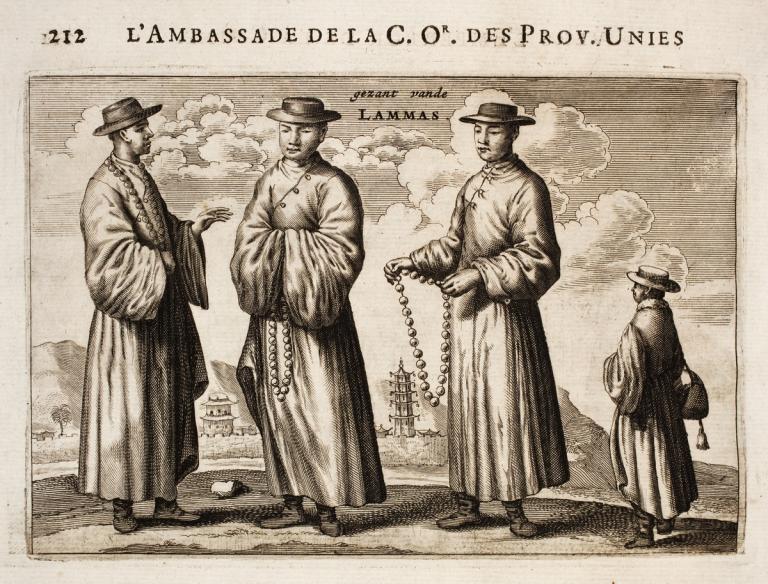
China has a large territory and a lot of ethnic groups. The varied natural landscapes and ethnic customs give rise to rich regional and ethnic characteristics in the various architectural styles that are apparent in residences all across China.
Vernacular dwellings of China refers to the indigenous buildings that have their roots in the rustic landscape, mainly residential houses, including structures such as ancestral temples, opera houses, and memorial gateways.
The origination and development of China’s local architecture are closely related to the social life of the people. They also reflect people’s state of production, customs and habits, ethnic differences, and religious beliefs; at the same time, they manifest people’s aesthetic orientation and social awareness.
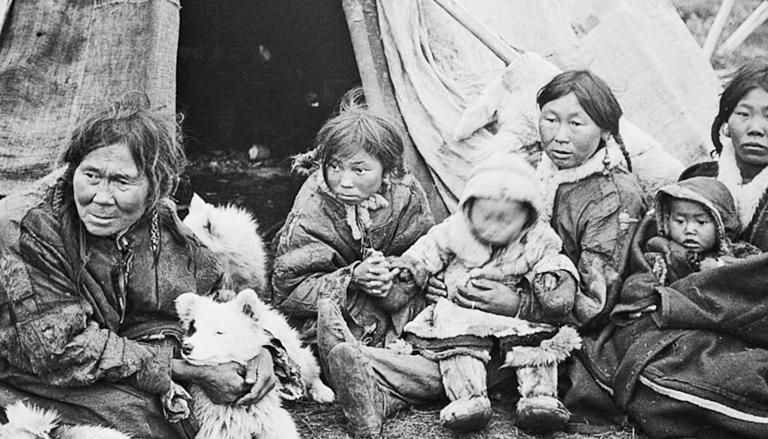
Patriarchal ideology and moral principles, as well as the doctrines of yin and yang and the five elements have far-reaching influence on the plane layouts, the creation of space and scene formation in China’s traditional local architecture. China’s traditional residence has its roots in adapting to the need and tradition that generations live under the same roof. Ethnic villages, fortified villages, dwellings of common ancestry and clan courtyard houses were all built on the bond of blood relations. As the Chinese people attached great significance to the tradition of honoring their ancestors, the ancestral temple, where the ancestors are revered, is often the most important buildingin a household and even an entire village, and it is the center around which other buildings are built. The concept of “rite”in China’s ancient patriarchal system and ethical codes is centered on the relationship between father and son, the order of seniority, and the social differences between men and women.
In terms of the layout of a residence, the room that belongs to the parents-known as the principal room-is placed in the center along the axis of thehouse. The wing-rooms, which are occupied by children and grandchildren, are situated on the east and west sides of the principal room. Such difference is also apparent in the difference sizes of the buildings and their interior designs and decorations. In distinguishing the difference between men and women, women were bound by many restrictions and not given much personal freedom. As reflected in the interior of a residential compound, men’s quarters are placed in the outer courtyard, while women’s quarters are in the inner courtyard. In general, women were not allowed to step out of their inner compound without being given the permission to do so. The same applied for outsiders; they were not to step into the inner compound.
Feng shui is a school of geomancy based on China’s ancient doctrine of yin and yang and the five elements, used in choosing the best locations for building a residence and tomb. The ancient Chinese believed that a building’s feng shui could greatly influence the prosperity and development of a family, so it was the first thing that must be considered in choosing the location ofahouse, in designing its layout and in the creation of space within the house to follow yin and yang and the five elements and meet the psychological and physiological need to approach fortune and avoid misfortune. Though the feng shui theory has strong superstitious color, actually it summarizes ancient experience in selection building locations with respect to selection of directions c
China has a large territory and a lot of ethnic groups. The varied natural ndscapes and ethnic customs give rise to rich regional and ethnic characteristics in the various architectural styles that are apparent in residences all across China. These residences are not only unique in their architectural structures, but are also diversified. Here several representative types are introduced briefly.

